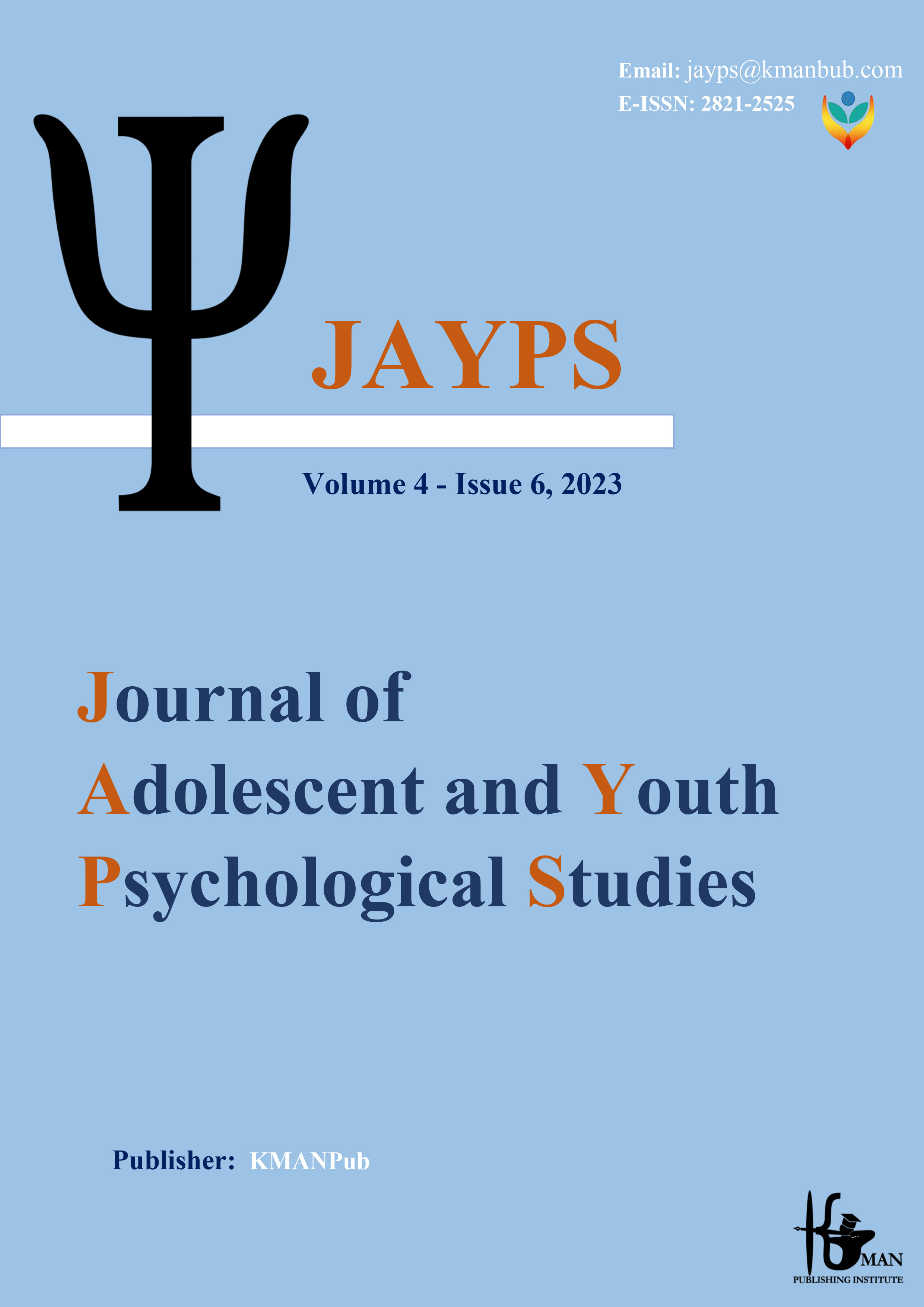The Structural Model of Relationships Between Dimensions of Personality Pathology and bullying Through Self handicapping Among High School Students
Keywords:
Personality Pathology, bullying, self-handicapping.Abstract
Background and Aim: The phenomenon of bullying in schools is one of the things that can threaten the safety of students and consequently cause educational issues. The present study aimed to evaluate the structural model of the relationship between the dimensions of personality pathology and bullying through conditional self-handicapping among high school students. Methods: This research was conducted using the structural equation modeling method. The statistical population of the present study included all high school girls of District 2 of Tehran in the academic year 2021-22, who were 145,398 students, according to the Tehran Department of Education. According to the Michel (1993) criteria and the multi-stage cluster sampling method, 300 people were selected as a sample. They completed the following instruments: Schwinger, & Stiensmeier-Pelster self-incapacitation questionnaire (2011), Olweus bullying questionnaire (1986), and the short form of the fifth edition of the Diagnostic and Statistical Manual Personality Questionnaire (PID-5-BF). Data analysis was done using Pearson correlation method and structural equation modeling with SPSS and Lisrel software. Results: The findings of the structural model test showed that personality dimensions have a positive relationship with self-handicapping (β=0.43; P<0.001) and bullying (β=0.33; P<0.001). Also, the relationship between self-handicapping and bullying was positive (β=0.25; P<0.001). The results of mediation effects showed that academic self-handicapping plays a mediating role in the relationship between abnormal personality dimensions and bullying (P<0.001). Conclusion: The results generally showed that the tested model has a good fit with the conceptual model.
Downloads
Downloads
Published
Issue
Section
License

This work is licensed under a Creative Commons Attribution-NonCommercial 4.0 International License.









